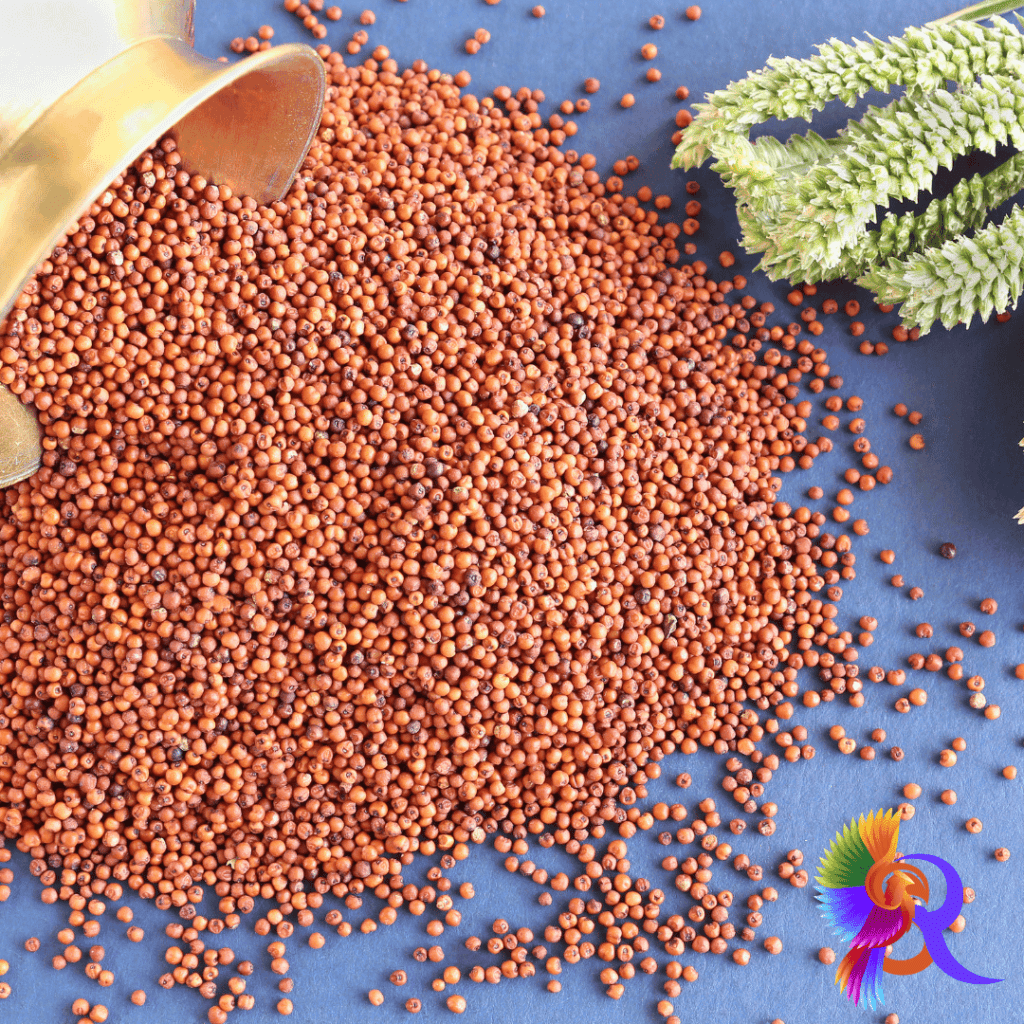
Ragi, or finger millet, is a highly nutritious grain cultivated for thousands of years. It is a staple food in many parts of Asia, especially in India, where it is commonly consumed in porridge, roti (flatbread), and other traditional dishes. Ragi’s popularity is due to its versatility in cooking and its numerous health benefits. Let’s delve into the incredible nutritional profile of ragi and explore why it deserves a place in your diet.
Rich in Nutrients:
Ragi is a powerhouse of essential nutrients. It is an excellent source of complex carbohydrates, dietary fiber, and proteins, making it an ideal food for sustained energy release. It also contains important minerals such as calcium, iron, and phosphorus, which are vital for maintaining strong bones and teeth and promoting healthy blood circulation.
Gluten-Free Grain:
For those with gluten intolerance or celiac disease, ragi is a fantastic alternative to wheat and other gluten-containing grains. It is naturally gluten-free, making it suitable for individuals with gluten-related disorders. Ragi can be ground into flour and used as a substitute in baking recipes or to make gluten-free rotis and bread.
Antioxidant Powerhouse:
Ragi is packed with antioxidants that help protect the body against free radicals and oxidative stress. These antioxidants, including phenolic acids and flavonoids, have been linked to reducing the risk of chronic diseases such as heart disease, cancer, and diabetes. Incorporating ragi into your diet can provide a natural defense mechanism for your body and support overall health and well-being.
Diabetic-Friendly:
Ragi has a low glycemic index, which means it releases glucose into the bloodstream slower than other grains. This property benefits individuals with diabetes as it helps regulate blood sugar levels. Ragi also contains dietary fiber, which further aids in controlling blood sugar spikes and improving insulin sensitivity.
Promotes Weight Loss:
If you are on a weight loss journey, ragi can be an excellent addition to your diet. Being high in fiber and low in fat provides a feeling of fullness and prevents overeating. Ragi also contains tryptophan, an amino acid that helps regulate appetite and reduces cravings. Additionally, its complex carbohydrates are digested slowly, providing a sustained release of energy and preventing sudden spikes in blood sugar levels.
Digestive Health:
The dietary fiber present in ragi supports a healthy digestive system. It aids in preventing constipation, promotes regular bowel movements, and supports the growth of beneficial gut bacteria. The insoluble fiber in ragi acts as a natural laxative, while the soluble fiber nourishes the gut microbiota, contributing to improved gut health overall.
Versatile and Delicious:
Besides its remarkable nutritional benefits, ragi is also versatile in the kitchen. It can be used in various forms, such as flour, flakes, or whole grains, making it suitable for various dishes. Ragi flour can make porridge, dosas (pancakes), cookies, bread, and desserts. The nutty flavor of ragi adds a unique taste to dishes, making them healthy and delicious.
In conclusion, ragi is an incredibly nutritious grain with many health benefits. From its high nutrient content to its gluten-free nature and positive impact on blood sugar control, weight management, and digestive health, ragi stands out as a superfood. So, why not incorporate this versatile and delicious grain into your diet and reap its numerous advantages? Your body will thank you for it!


